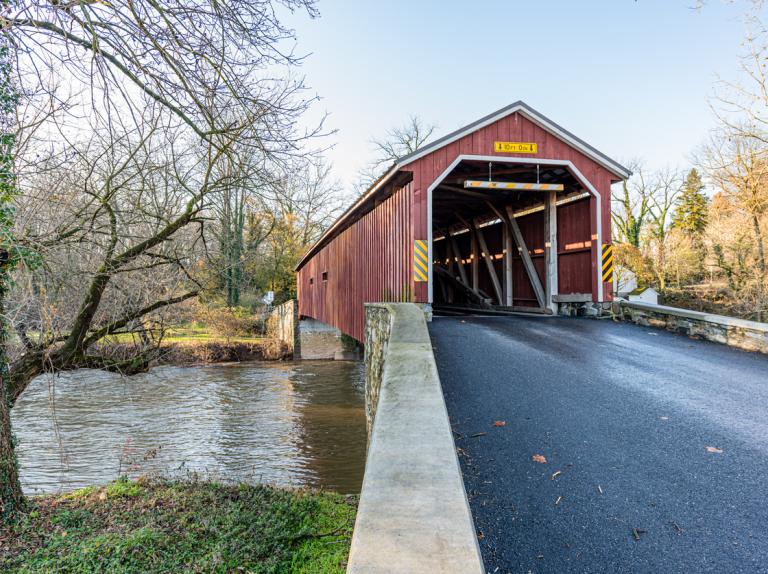
Tourism marketers need to be bolder in coming up with new ideas and thinking of their colleagues as formidable competitors.
Even though I’ve been in the tourism industry for a decade, I still feel somewhat like an outsider. And I believe my renegade nature is precisely what drives my success.
Most people who head up destination management organizations grew up in travel and tourism. I took a different route, working for the first 15 years of my career as a brand manager for mammoth companies, including Under Armour and Converse, in the fiercely-competitive athletic apparel and sneaker industry. I worked in some incredibly high-pressure environments. As a marketer in the athletic apparel industry, you’re always looking over your shoulder; if the product you’re in charge of promoting isn’t selling during a particular season, you might be replaced in the blink of an eye. Sound stressful? It was. But it was also incredibly motivating. I was always pushing myself and my teams to think creatively to out-market our competitors. What could we do to generate buzz and excitement for our products that nobody else was doing? I thrived on outwitting the competition and racked up some pretty big marketing successes during my tenure.
Ten years ago, when I took a risk and left the industry to oversee marketing at the Valley Forge Tourism & Convention Board, I was surprised by the lack of aggressiveness in the travel and tourism industry. I found myself stepping into a field that was slower to try out new marketing ideas or think competitively.
In that first position at Valley Forge, and then later as the President and CEO of Visit Lancaster, I made it my mission to run the marketing departments like I was still peddling sneakers and dry-fit T-shirts. I didn’t have the luxury of tapping into the massive marketing budgets I’d had in my previous industry, but I was quick to experiment with new tactics— and to think of my colleagues, both in my state and around the region — as formidable competitors.
One of the big payoffs of my approach occurred during the pandemic. While most DMOs turned their marketing engines off during COVID, we were pushing the gas pedal to the metal. Admittedly, we had the benefit of marketing Lancaster — a place that is spread out with plenty of things to do outside, making it a safer travel option during COVID. We decided to leverage that advantage by partnering with Carvertise, a rideshare advertising company based in Delaware, on a “Travel Safe” campaign to highlight the breadth and depth of scenery and outdoor activities throughout our area. Working with Carvertise, we wrapped 16 rideshare vehicles with our colorful branding and adorned the grills with bright blue surgical “car masks” to reinforce our strong commitment to visitor safety. We then deployed the vehicles in our feeder markets throughout the Mid-Atlantic, including Baltimore, Philadelphia and Wilmington. We also invested in TV advertising, telling people, ‘We can’t wait to host you when you’re ready,” and executed a huge push on social media to encourage people to think of Lancaster as a safe retreat during the pandemic.
Some of my colleagues may have thought I was wasting my money and time, but I just had this gut feeling during the heart of the pandemic that things couldn’t get any worse and were only going to get better. Fortunately, I was right — and our “Travel Safe” campaign paid off with a surge in visitation before the end of the pandemic. Whereas some tourism destinations in Pennsylvania didn’t see visitation rebound to 2019 levels until the end of 2022 or the beginning of 2023, we experienced that rebound in 2021.
Emboldened by that success, I worked with our marketers to find new ways to attract new demographics to Lancaster. One thing I noticed early in my tenure is that we got a ton of people who come to the area to retire, along with a ton of families who liked to explore Amish country and some of our other attractions. But we were getting less visitors from a crucial demographic: singles and young professionals with money to spend.
One solution we came up with was to create mobile trails, including a coffee trail, an ice cream trail, and a beer and wine trail. These engaging experiences encouraged our target demographic to spend money across Lancaster County while discovering new favorite outlets. The kicker? We gamified the experience, and those who took part were required to come to our visitor’s center to redeem prizes, such as branded ice cream scoopers and coffee mugs for completing the trails.
Anyone who’s been in the tourism industry for a while knows that visitation to visitor’s centers has been declining nationwide, and this was just one way of many we were able to increase the number of people coming to our visitor’s center.
Last summer, we also rolled out our Discover Lancaster streaming channel available on Amazon, Roku and other sources that showcases our culinary and arts and culture scene, along with area history and heritage and family fun.
The mission of all of these initiatives is to stand out from the pack and promote ourselves in a way that is fresh and fun. As I head off to my next adventure, as the CEO of Visit Williamsburg, I plan to continue to look at marketing with a fresh eye and a competitive spirit, and I encourage my colleagues in the industry to do the same.
By constantly testing new ideas and showing up in front of new audiences, you may be surprised by who — and how far — your brand will reach.
Submit Your Thought Leadership

Share your thought leadership with the Destinations International team! Learn how to submit a case study, blog or other piece of content to DI.


